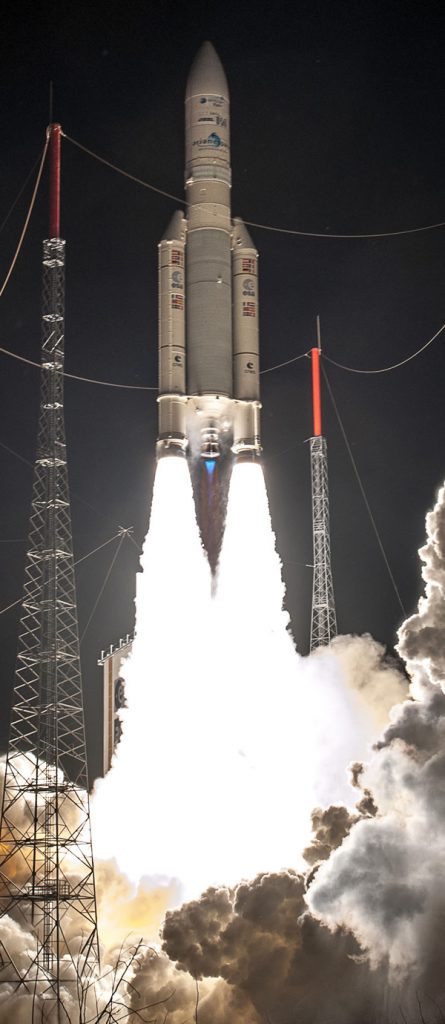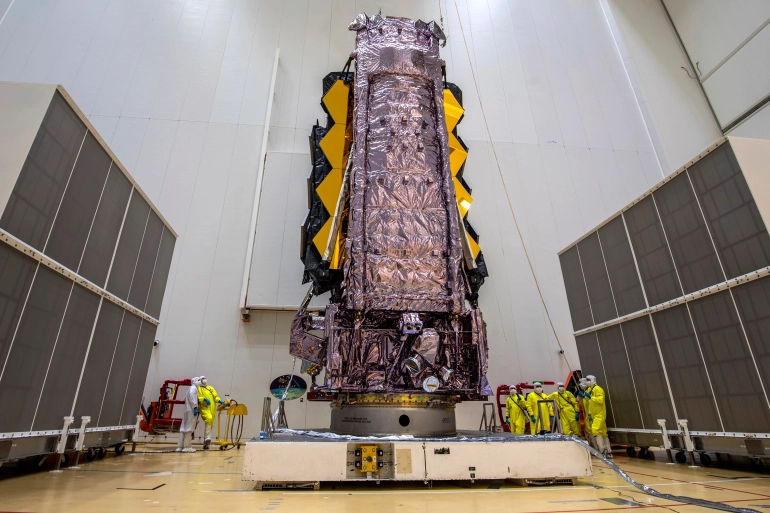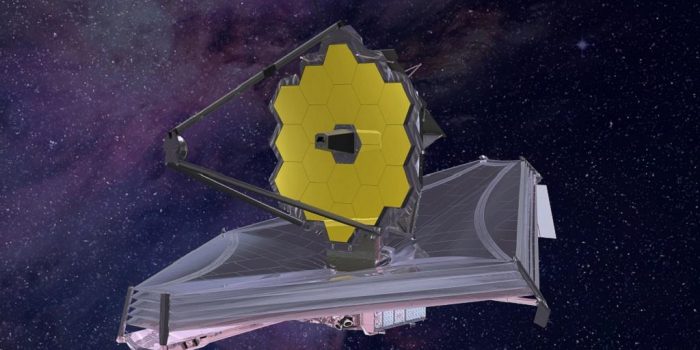Astronomers and scientists might get an out-of-this-world Christmas present this year. Another event, the much-awaited James Webb Space Telescope (JWST) launch, is set to light the sky as early as Christmas Eve.
The space observatory is fully fuelled and in the final assembly building at Kourou, French Guiana, ahead of a December 24 launch after more than two decades of work and seven launch delays.
JWST is the largest space observatory ever built, and it is often referred to as one of NASA’s most significant and most daring endeavors. It was first conceptualized 30 years ago. The JWST promises to revolutionize our view of the universe by exploring deeper than ever. This project involves a significant international collaboration involving the European Space Agency and the Canadian Space Agency – both agencies providing key scientific instruments and the ESA contributing a launch vehicle called Ariane 5.

JWST is regarded as the successor to the Hubble Space Telescope (HST), providing beautiful, iconic views of our universe for more than 25 years. On the other hand, Hubble’s eyes see mainly in the ultraviolet to the visible light region of the electromagnetic spectrum, whereas JWST will see in the near and mid-infrared wavelengths, which are invisible to human sight.
This will allow it to travel back in time to roughly 200 million years after the big bang. This is a significant yet enigmatic period in celestial history. Massive giants formed entirely of hydrogen and helium are assumed to have been the earliest stars, living swiftly and dying young in spectacular supernovae. These high-energy explosions generated the heavier components that we see in younger stars today. They are the ones who brought us into being.

We know relatively little about the period in cosmic history when the universe emerged from the dark ages after being encased in opaque dust and gas, allowing light to move more freely. However, this early light is expanding and growing fainter – and viewing it requires sophisticated infrared instruments.
While the JWST’s missions revolve around the early universe, Naomi Rowe-Gurney, a planetary scientist at NASA’s Goddard Space Flight Center, emphasized that it will also look closer to home.
“There is an entire division dedicated to solar system science, looking at everything from Mars outwards, as well as dwarf planets, comets, asteroids, the rings of all the systems, and all of the moons,” she stated.

Rowe-Gurney is particularly excited about the upcoming summer 2022 exploration of our ice giants, Uranus and Neptune because it might serve as a springboard for future journeys to the two planets.
The space observatory’s most noticeable feature is its 6.5m-diameter primary mirror, which has a light-collecting area nearly six times that of HST. It also boasts a stunning engineering accomplishment, consisting of 18 individually adjustable gold-plated beryllium parts that form a golden honeycomb structure that has been rolled up in half to fit into the Ariane 5.
Chris Gunn, JWST’s official resident photographer, has photographed the honeycomb from head to toe. Gunn recounted the expertise it was built with by recalling a particularly anxious moment when the covers were removed from the segments.

“It was super silent, you could hear a pin drop because the two technicians had to communicate with each other,” he said in a statement. “There were dozens of people watching in silence, and then applause erupted when they were complete.”
The optical half of the telescope sits beside the other half, known as the Integrated Science Instrument Module, which houses the highly sensitive science instruments that will examine the light recorded. The JWST must be kept at extremely low temperatures to detect the faintest traces of infrared. Cryocoolers and a massive five-layer sunshield have also been built to avoid unnecessary heat sources. Since the Earth emits infrared radiation, JWST will be positioned 1.5 kilometers distant at a point known as Lagrange L2.

The project team also struggled with JWST’s remote location in space. The telescope will be too far away to be repaired or serviced by humans. The mission team saw the lengthy development period as totally usual when dealing with complicated technology, despite the numerous delays and failures and the escalating expenses. There would be no more chances once JWST is introduced.
Despite several failures along the road, the JWST passed each test in 2020, when a global pandemic was creeping up. In October 2021, it was delivered to Europe’s launch site in Kourou, French Guiana. Then it was loaded into the Ariane 5. It will be rolled out onto the launch pad the day before the launch, and the launch will take around 30 minutes from the blast-off. After that, the JWST will journey to its remote location in space for six months before conducting science investigations.
As the world sees this amazing machine finally take flight, the countless people who have worked on it for years, many of whom have given their whole life to it, may have mixed emotions.


